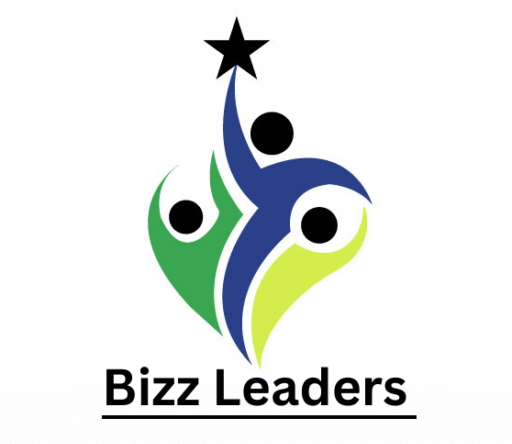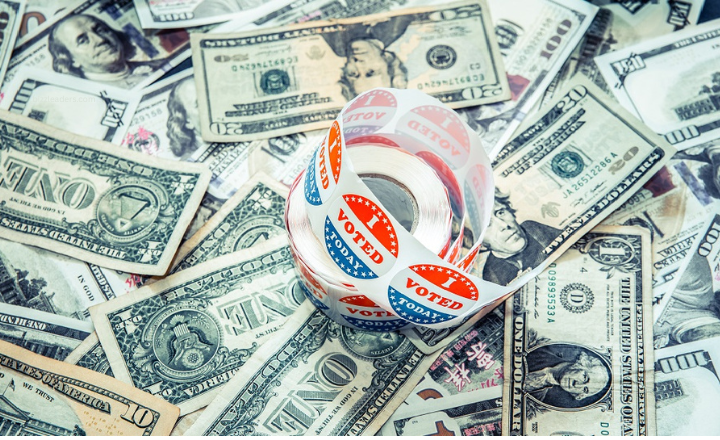Every election season, one thing becomes crystal clear: politicians are willing to spend big. From flashy TV commercials to social media ads that pop up on every feed, billions of dollars are poured into political advertising. But what drives this massive spending spree? Are these ads just a tradition, or is there a deeper reason behind the high costs?
At its core, the main reason politicians invest so heavily in advertising is simple — to win votes. But there’s much more beneath the surface. In today’s crowded media landscape, voters are bombarded with information from all directions.
Cutting through the noise and staying top-of-mind requires strategic messaging, emotional appeal, and relentless repetition — all of which cost money.
In this blog, we’ll dive into why advertising is such a powerful (and pricey) tool in modern campaigns, and how it can make or break an election.
Political Campaign Advertising and Big Spending
Politicians spend millions on advertising to boost visibility and influence voter perception. In today’s media-driven world, reaching and persuading the public takes big money and strategic messaging.
Increase Voter Turnout
One of the main reasons politicians spend millions of dollars on advertising during elections is to capture the attention of potential voters and drive them to the polls. However, engaging voters goes beyond flashy ads; it requires a deeper connection to their everyday lives.
By addressing issues that resonate with communities — like healthcare, education, and local job opportunities — candidates can foster a sense of urgency and importance around voting. This approach not only informs citizens but also empowers them to see their vote as a tool for change.
Moreover, grassroots movements play a vital role in increasing voter turnout. By mobilizing volunteers to engage with their neighborhoods, these efforts create personal connections that advertisements alone cannot achieve. Initiatives like door-to-door canvassing or community forums encourage discussions about the significance of voting and help demystify the electoral process.
When people feel heard and valued, they are more likely to participate in elections, transforming a simple act of casting a ballot into a powerful statement of civic duty. Ultimately, fostering these meaningful connections can lead to a more informed and engaged electorate.
Facilitating Public Appreciation
One of the main reasons politicians spend millions of dollars on advertising during elections is to facilitate public appreciation for their platforms and personalities. In an age where information is abundant but attention spans are short, effective advertising serves as a crucial tool to cut through the noise.
By creating memorable messages and visuals, politicians aim to forge an emotional connection with voters, fostering a sense of trust and familiarity. This emotional resonance can transform abstract policy positions into relatable narratives that citizens can understand and support.
Moreover, advertising plays a pivotal role in shaping public perception and mobilizing community engagement. When politicians invest heavily in outreach, they not only promote their own agenda but also encourage civic participation by highlighting issues that matter to the electorate. This can lead to increased voter turnout and a more informed public, ultimately enriching the democratic process.
As citizens begin to appreciate the nuances of political discourse through targeted campaigns, they become more empowered to voice their opinions and demand accountability from their leaders. In this way, spending on advertising transcends mere promotion; it becomes a vital component of nurturing an engaged and appreciative electorate.
Targeting Specific Voter Segments
Targeting specific voter segments has become a cornerstone of modern election strategies, and it’s no wonder politicians spend millions of dollars on advertising during elections.
By honing in on distinct demographics — whether defined by age, income, or lifestyle — campaigns can craft messages that resonate deeply with particular groups. This precision allows them to maximize their return on investment, ensuring that every dollar spent on advertising hits its mark.
For instance, younger voters may be drawn to issues like climate change and social justice, prompting campaigns to use digital platforms and relatable influencers to convey their messages. Conversely, older voters might prioritize healthcare and economic stability, leading campaigns to utilize traditional media channels like television.
By understanding the unique concerns of each segment, politicians can create tailored narratives that not only capture attention but also foster loyalty. This strategic approach highlights why significant financial resources are allocated to advertising: it’s about more than just visibility; it’s about creating meaningful connections with voters that drive engagement and turnout at the polls.
Strategies for Managing the Media and the Public
One effective strategy for managing the media and the public is to cultivate authentic relationships with journalists. By understanding their needs and providing timely, accurate information, politicians can shape narratives before they take root.
This proactive approach not only helps counter negative press but also positions the politician as a trustworthy source. Regularly engaging with the media through press briefings or informal meetings can demystify the political process and build goodwill.
Another key tactic is harnessing social media to create a direct line of communication with the public. Politicians often spend millions of dollars on advertising during elections not just for visibility, but to control their message and connect with voters on a personal level.
By sharing behind-the-scenes glimpses or responding to constituents’ concerns in real-time, they can humanize their campaigns. This strategy turns followers into advocates, amplifying positive stories and drowning out potential criticisms before they escalate.
Recognition and Loyalty towards the Brand
Recognition and loyalty towards a brand often stem from a deep emotional connection that transcends mere consumerism. When individuals repeatedly encounter a brand’s message, especially in high-stakes environments like elections, it creates familiarity.
This is the main reason politicians spend millions of dollars on advertising during elections — they know that consistent exposure builds a sense of trust and reliability among voters. The more voters see a candidate’s name and face, the more likely they are to recall them when it matters most.
Moreover, brand loyalty can be fostered through storytelling and shared values. Politicians who resonate with their audience’s hopes and concerns can cultivate a loyal following that goes beyond traditional support. This loyalty can turn into active advocacy, where supporters not only vote but also promote the candidate to others.
As social media amplifies these connections, the cycle of recognition and loyalty becomes a powerful tool, proving that effective branding is not just about visibility; it’s about fostering a community that believes in a shared vision.
Making the Most out of A Campaign with a Multimillion Dollar Election Budget
One of the main reasons politicians spend millions of dollars on advertising during elections is to create a powerful brand presence. In a saturated market where candidates vie for attention, a well-funded campaign can dominate the conversation, making it essential to stand out.
Strategic ad placements across various media platforms ensure that a candidate’s message reaches diverse demographics, amplifying their visibility and reinforcing their narrative in voters’ minds.
Moreover, leveraging data analytics can transform how campaigns allocate their budget. By pinpointing specific voter segments, campaigns can craft tailored messages that resonate more deeply with targeted audiences.
This not only maximizes the impact of every dollar spent but also fosters a sense of connection between the candidate and constituents. Ultimately, when multimillion-dollar budgets are invested wisely, they can turn a candidate into a household name, significantly influencing election outcomes.
Conclusion
Politicians spend millions on advertising to enhance visibility and shape public perception during elections. With many candidates, effective advertising is crucial for reaching voters and influencing their behavior. It’s about more than policies; it’s about building trust and connecting with constituents.
Advertising also sets the agenda and frames important issues, allowing politicians to dominate public discourse. As media evolves, campaigns utilize digital platforms for personalized outreach, enhancing their effectiveness.
Ultimately, significant advertising investments reflect an understanding of human psychology, as voters tend to support recognizable candidates they feel aligned with, making these expenditures essential for success in politics.

